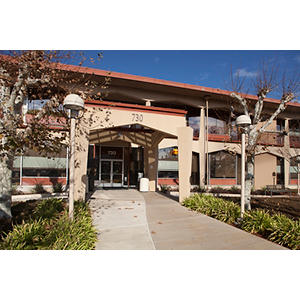
David Vu, MD, MS
Clinical Associate Professor
Pediatric Infectious Diseases
Mary L. Johnson Specialty Services
Pediatric Infectious Disease
730 Welch Road, 2nd Fl
Palo Alto, CA 94304
Phone:
(650) 721-5805
Fax:
(650) 725-8040
Locations

Pediatric Infectious Disease
730 Welch Road, 2nd Fl
Palo Alto, CA 94304
Phone : (650) 721-5805
Fax : (650) 725-8040
Work and Education
Professional Education
Perelman School of Medicine University of Pennsylvania, Philadelphia, PA, 05/22/2000
Residency
Children's Hospital of Oakland, Oakland, CA, 07/19/2009
UCSF Pediatric Fellowships, San Francisco, CA, 10/17/2002
Fellowship
Emory University School of Medicine, Atlanta, GA, 06/30/2009
Childrens Hospital Oakland, Oakland, CA, 06/30/2006
Internship
Children's Hospital of Oakland, Oakland, CA, 06/27/2001
Board Certifications
Pediatrics, American Board of Pediatrics, 2009
Pediatric Infectious Diseases, American Board of Pediatrics, 2015
Languages
English
Vietnamese
French
Connect with us:
Download our App: